Hagwi Aewol Coastal Road (하귀애월해안도로)
16.9Km 2022-06-13
445-3, Gonae-ri, Jeju-si, Jeju
+82-64-740-6000
Located merely 10 kilometers from Jeju Airport, the Hagwi Aewol Coastal Road is a hidden gem among Jeju travelers. The coastal road starts at Gamun-dong Port in Hagwi-ri and follows the sea and passes ocean view cafes and pensions. The road is also part of Jeju Olle Trail 16 and is a famous bike riding and trekking spot.
Richimanggo - Aewol Branch (리치망고 애월)
17.2Km 2021-03-24
272, Aewolhaean-ro, Jeju-si, Jeju-do
+82-70-4243-5959
You can enjoy a mango drink while looking at the beautiful scenery. The best menu at this restaurant is mango juice. This cafe is located in Jeju-si, Jeju-do.
Sangumburi Crater (산굼부리)
17.4Km 2024-11-28
768 Bijarim-ro, Jeju-si, Jeju-do
+82-64-783-9900
Sangumburi Crater has been designated as a Natural Monument. It is located on the southeast side of Jeju, and is a flat crater, about 650 meters wide, 100 meters deep, and 2,070 meters in circumference. If you look at the crater from above up, it looks like a man-made circular stadium. There is a variety of plant-life in the crater. On the north side, Nandaeseong vegetation such as red-thorn trees, and magnolia trees grow, along with the rare winter strawberries. On the south side of the crater, Ondaerim vegetation such as evergreens, maples, and mountain strawberry trees cover the area. Because so many different kinds of trees and plants grow in such a limited space, it attracts the attention of researchers as well.
Jeju Olle Trail - Route 16 (Gonae - Gwangnyeong Olle) ([제주올레 16코스] 고내-광령 올레)
17.4Km 2021-06-14
1111-2, Gonae-ri, Jeju-si, Jeju-do
+82-64-762-2190
Route 16 connects the beautiful coastal walk to mid-mountainous area. The trail goes from Gonae to Guam, where visitors can enjoy indigo-colored sea, saltern, reservoir, tall trees, old fortress, villages, and more.
Bon café (본카페)
17.9Km 2024-02-20
179 Aewolhaean-ro, Aewol-eup, Jeju-si, Jeju-do
Bon café is a pet-friendly café located by the water, offering a delightful menu highlighted by its signature mango smoothie. Additionally, the Udo ttangkong latte (Udo peanut latte) and cheonggyul ade (green tangerine ade) are among the popular choices. The café not only serves drinks but also features a selection of snacks, souvenirs, and toys for sale. Conveniently situated near Aewol Port and Aewol Handam Park, Bon café is an ideal spot for visitors looking to enjoy a comprehensive exploration of the area.
Geomunoreum Lava Tube [UNESCO World Natural Heritage Site] (거문오름 [유네스코 세계자연유산])
18.0Km 2025-03-13
569-36 Seongyo-ro, Jocheon-eup, Jeju-si, Jeju-do
+82-64-710-8981
Geomunoreum Lava Tube stands out as one of the distinct oreum (the Jeju language term for parasitic cones) on Jeju Island, marked by its extensive network of around 20 lava tubes running through the volcanic structure. This site is not only a geological marvel but also a sanctuary for diverse biological species. Visitors begin their journey at the Jeju World Natural Heritage Center, from where a path leads directly to the Geomunoreum Lava Tube. It is important to note that prior reservations are required to visit. The significance of this location as a key geological feature was recognized when it was designated as a UNESCO World Natural Heritage Site in 2007. Additionally, an international trekking event is hosted annually to celebrate its global importance.
Jeju World Natural Heritage Center (제주 세계자연유산센터)
18.0Km 2021-05-31
569-36, Seongyo-ro, Jeju-si, Jeju-do
+82-1800-2002
The Jeju World Natural Heritage Center was established to acknowledge Jeju Island’s value as the sole UNESCO World Natural Heritage in Korea. It is comprised of various facilities including a 4D video room, lava tunnel experience, origins of Jeju-do, and many other activities that visitors can experience first-hand. Jeju World Natural Heritage Center is located in the Geomunoreum Lava Tube System, which was designated as a UNESCO World Natural Heritage in 2007, one of the 20 ecological tourism spots selected by the Ministry of Environment of Korea in 2009, as well as a Korean-style ecological tourism model.
* Opening date: September 4, 2012
Dochidol Ranch (도치돌목장)
18.2Km 2024-10-31
303 Dochidol-gil, Aewol-eup, Jeju-si, Jeju-do
+82-64-799-6690
Dochidol Ranch is home to many cute and lovely animals, including alpacas. Visitors can enjoy feeding the animals and walking around their nature-filled home for an unforgetable experience.
Saryeoni Forest Trail (사려니숲길)
18.2Km 2025-04-01
Entrance of Bulgeun Oreum, Gasi-ri, Seogwipo-si, Jeju-do
+82-64-900-8800
Saryeoni Forest Trail cuts through the dense Japanese cedar forest growing between Mulchat Oreum and Saryeoni Oreum, starting from the entrance on Regional Road 1112. While the vast majority of the trees growing here are Japanese cedar, visitors can also see Japanese oak, birch, snowbell trees, and cypress trees along this 550-meter-long trail. The forest trail is known as one of Jeju's top 31 hidden attractions, and is well-known as being very protected. It is very popular among tourists who enjoy hiking and the outdoors.
Dochidol Ranch (도치돌 알파카목장)
18.2Km 2024-07-22
293 Dochidol-gil, Aewol-eup, Jeju-si, Jeju-do
Dochidol Ranch is where one can see alpacas roam freely in an open field admist Jeju's clean air. In addition to watching and interacting with alpacas, visitors can also see other ranch animals like rabbits, ponies, sheep, and goats. The ranch also has several walking paths adorned with seasonal flowers, plants, and trees. It is the perfect place to enjoy Jeju's nature-friendly atmosphere and take photos of adorable animals.
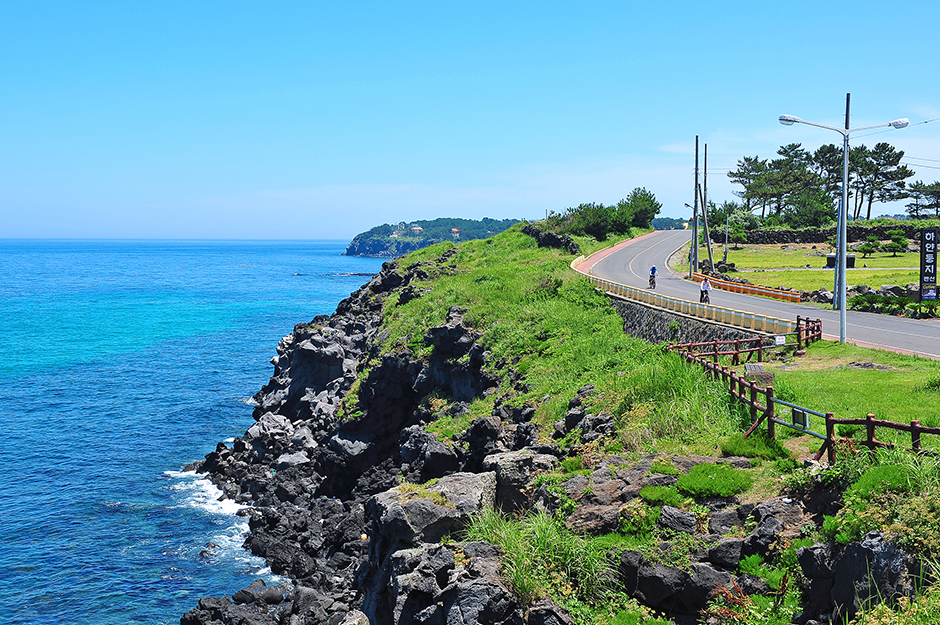
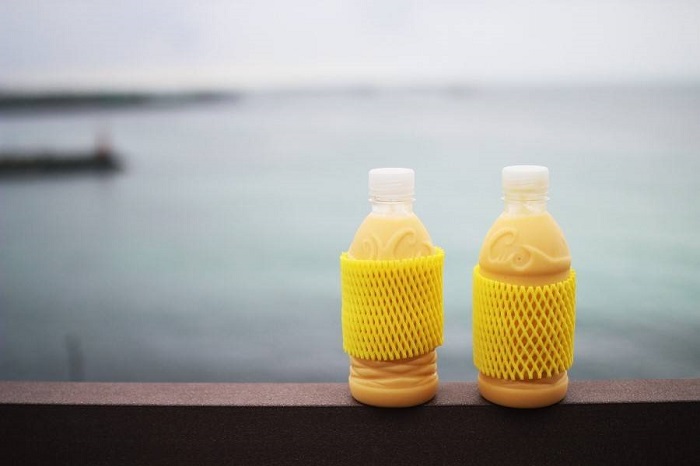
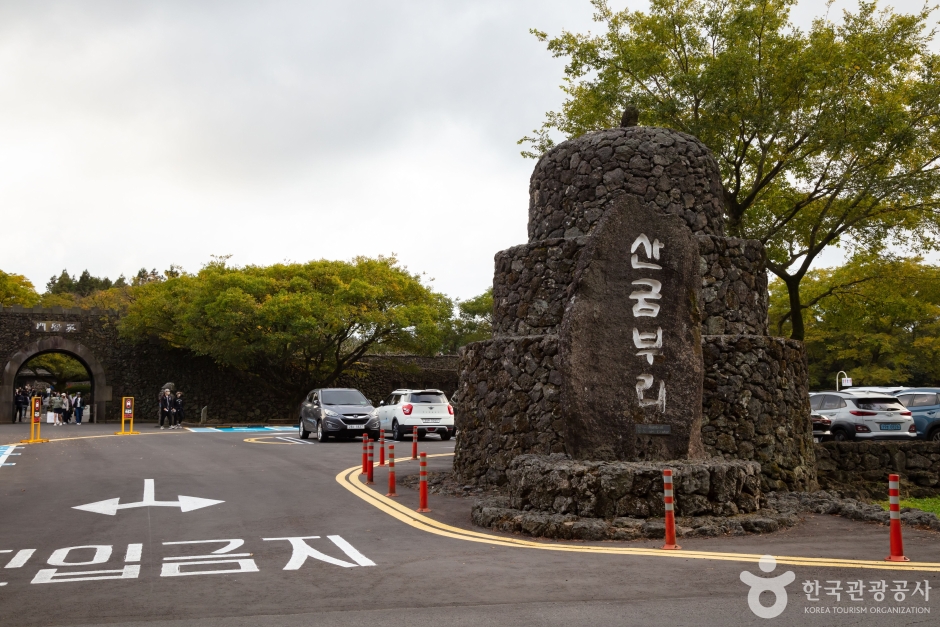

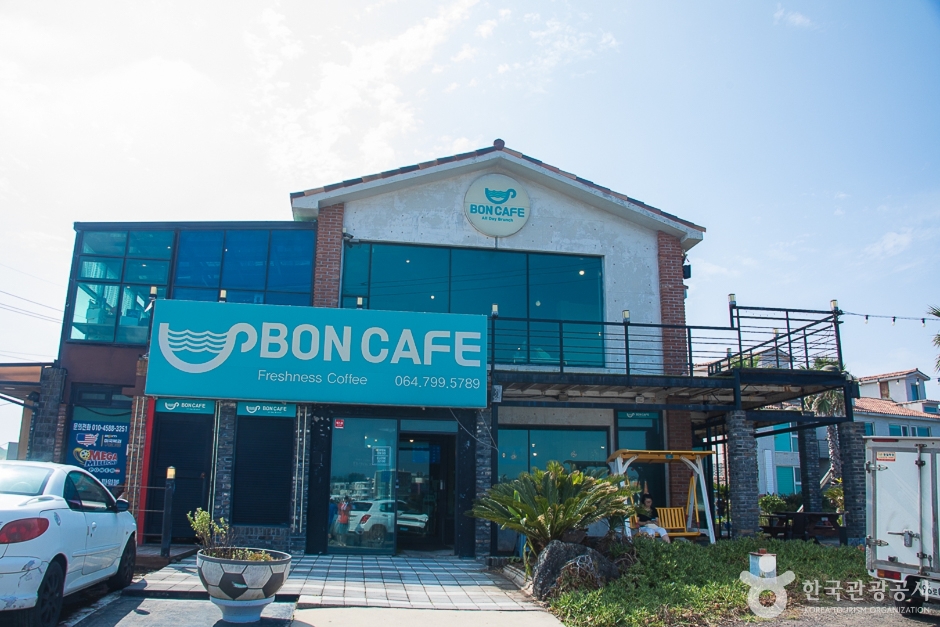
![Geomunoreum Lava Tube [UNESCO World Natural Heritage Site] (거문오름 [유네스코 세계자연유산])](http://tong.visitkorea.or.kr/cms/resource/61/2661661_image2_1.jpg)
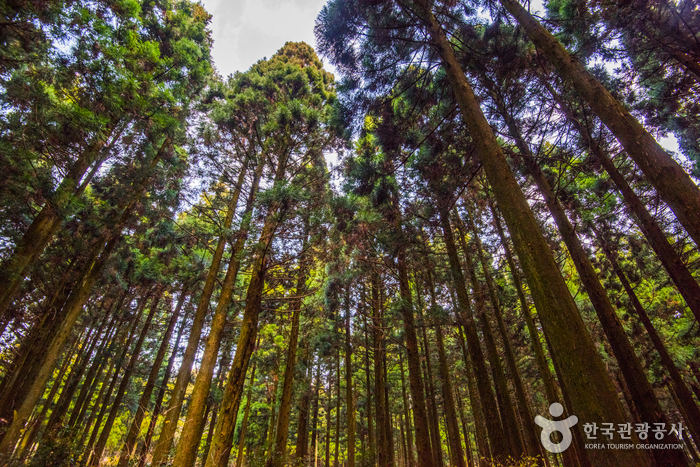
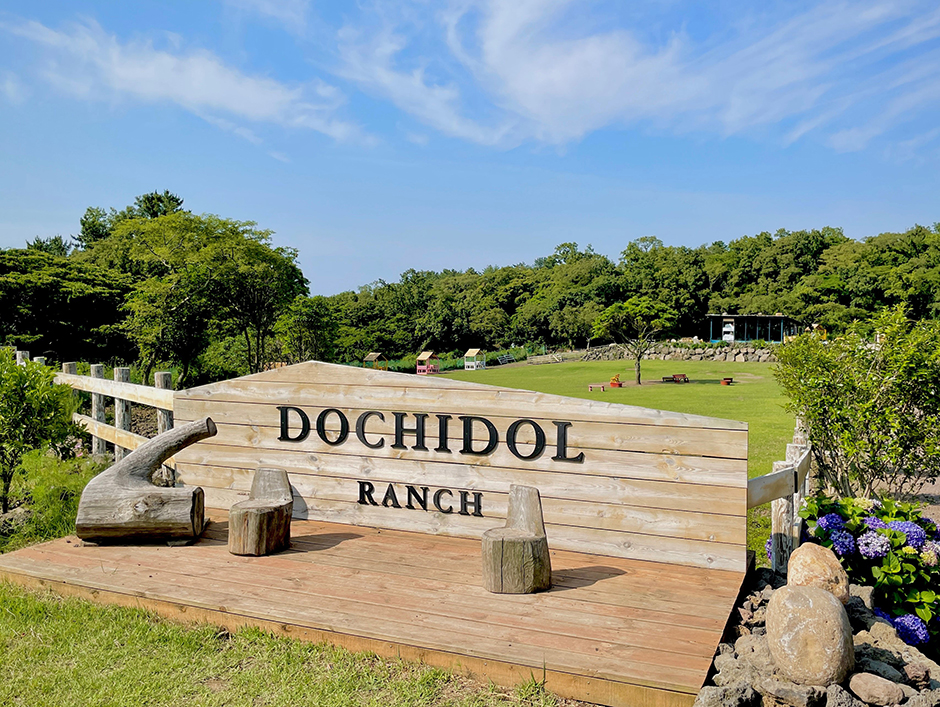
 English
English
 한국어
한국어 日本語
日本語 中文(简体)
中文(简体) Deutsch
Deutsch Français
Français Español
Español Русский
Русский